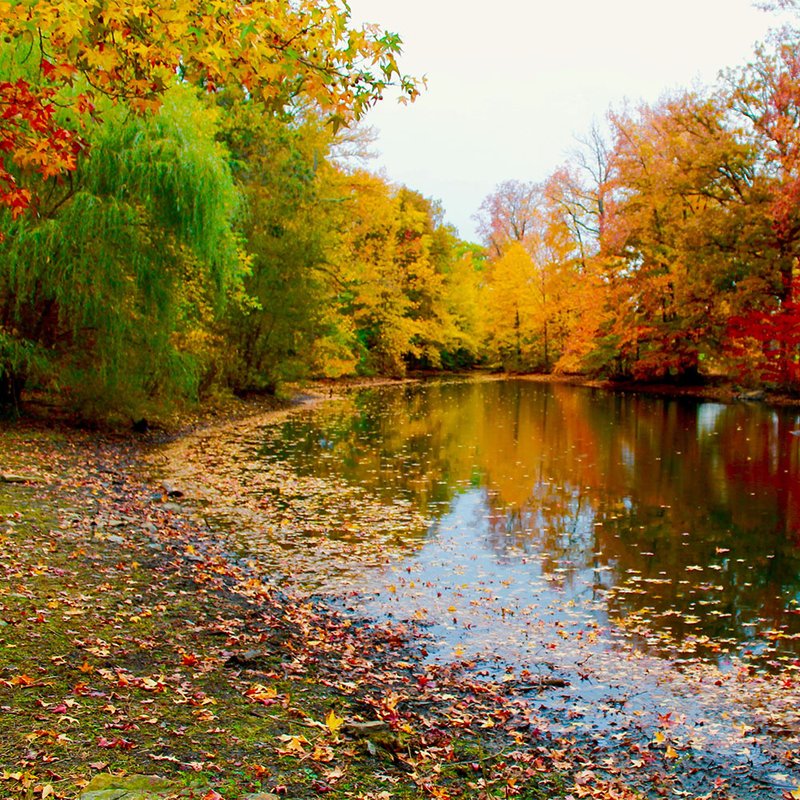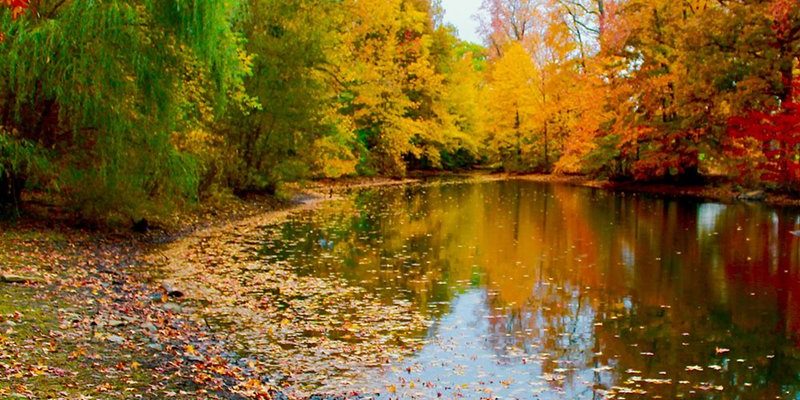
Imagine your pond as a cozy cabin in the woods. Before winter hits, you wouldn’t just close the door and hope for the best. You’d check the roof for leaks, stock up on firewood, and maybe even put on a thick blanket to keep everything warm inside. Winterizing a salmon pond involves similar steps—it’s all about protecting your aquatic friends from the harsh elements and ensuring their environment remains stable. So, let’s break down the best practices for getting your salmon pond ready for winter.
Understanding the Importance of Winterizing
Honestly, winterizing isn’t just a chore—it’s a necessity. As the temperatures drop, the water in your pond can cool down to levels that make it harder for salmon to thrive. Salmon are cold-water fish, but extremes can still stress them out and compromise their health. Think of winterizing as providing a bit of warmth and shelter for your fish during a tough time.
Moreover, managing your pond during winter will help prevent potential problems like ice buildup or toxic algae blooms. When ponds are left unprepared, they can become a breeding ground for harmful bacteria. Keeping your pond healthy through the winter means healthier fish come spring. It’s like giving your salmon a warm winter coat.
Preparing Your Pond Equipment
Before winter sets in, you’ll want to take a good look at your pond equipment. This covers everything from pumps to filters and fountains. Here’s what you should do:
- Clean all equipment: Remove any debris like leaves and dirt. This will help prevent clogging once the cold weather hits.
- Drain and store pumps: If you have any pumps, drain them completely to avoid freeze damage. Store them in a dry place until spring.
- Check for repairs: Inspect hoses and connections for any wear and tear. Fixing these now can save you a headache later.
Taking these steps not only protects your equipment but also makes it easier to get your pond running smoothly when warmer weather arrives. You might be wondering, “Isn’t this a hassle?” Sure, it takes a little time, but it’s well worth the effort!
Managing Water Levels
As winter approaches, keeping an eye on your pond’s water levels is key. The cold months can make the water level drop due to evaporation and plant die-off. Here’s how to manage it:
- Add water if needed: Before the freeze, top off the pond if you notice it getting too low. This helps maintain a stable environment for your salmon.
- Avoid overfilling: Be careful not to overfill, which might lead to overflow when the ice expands. Just aim for a balanced level.
- Regular checks: Keep an eye on the water level throughout the winter. Even a slight change can indicate issues that need attention.
Think of water level management as giving your pond a sturdy foundation for winter. It may not seem glamorous, but it’s one of those behind-the-scenes tasks that leads to healthy fish.
Regulating Temperature and Aeration
Cold temperatures can affect the oxygen levels in your pond, which is crucial for salmon. The colder it gets, the less oxygen is available in the water. Here’s what you can do:
- Use aerators: Aerators help keep the water circulating, which can prevent stagnation and increase oxygen levels. It’s like having a warm blanket of air for your salmon.
- Monitor ice formation: If your pond freezes over, make sure to leave a hole in the ice for gas exchange. You don’t want harmful gases to build up in an enclosed space.
- Consider a pond heater: In extreme climates, a pond heater can help maintain a suitable temperature for your fish. It’s similar to having a small heater in your home during winter.
By managing temperature and aeration, you’re showing your salmon that you care, and you’re making sure they’re comfortable, even in the cold.
Feeding Practices as Winter Approaches
When it comes to feeding your salmon in the winter, it’s all about moderation. Salmon’s metabolism slows down as temperatures drop, so overfeeding can lead to health issues. Here’s how to adjust your feeding habits:
- Decrease feed amounts: Gradually reduce the amount of food you offer as temperatures plunge. Instead of two or three times a day, try once a day or every other day.
- Use high-quality food: Switch to a high-quality, cold-water fish feed that provides the right nutrients without overloading their system.
- Observe their behavior: Pay close attention to how your salmon are eating. If they’re less interested, it might be time to cut back even more.
Think of feeding your salmon like prepping for a big feast. You want to make sure they have what they need to stay happy and healthy without overdoing it.
Protecting Your Pond from Ice and Snow
Snow and ice can create a beautiful winter landscape, but they can also be harmful to your pond if not managed properly. Here’s how to protect it:
- Clear snow off the ice: If your pond freezes, use a shovel to clear the snow off the top. This allows sunlight to penetrate the ice and helps maintain oxygen levels.
- Don’t walk on the ice: While it may look solid, ice can be deceptive. Avoid putting weight on it to keep from disturbing the ecosystem below.
- Install windbreaks: If you live in a particularly windy area, consider installing windbreaks around the pond. They can help reduce ice formation.
Protecting your pond from ice and snow is like preparing your home for a snowstorm. A little extra effort can save you a lot of trouble later.
Final Thoughts on Winterizing Your Salmon Pond
So, winterizing your salmon pond might feel like a lot of work, but it’s essential for the wellbeing of your fish. By taking these steps—managing equipment, water levels, aeration, feeding practices, and ice protection—you’re setting up your pond to thrive all winter long.
Remember, each pond is unique, and understanding the specific needs of your salmon will go a long way. You might even find that winterizing becomes a cherished part of your seasonal routine, a way to connect with nature and ensure a healthy environment for your fish. With a little care, your salmon will be ready to greet the warmer months with gusto!

